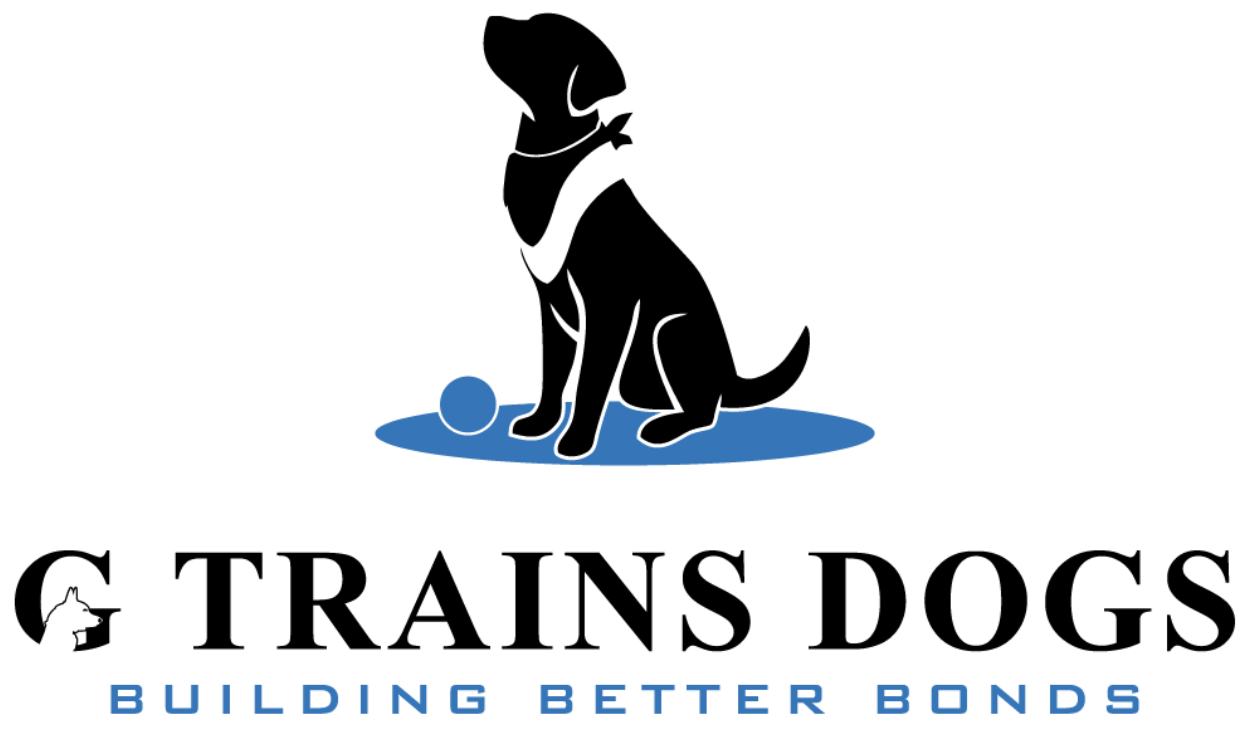
Frequently Asked Questions
Thinking about training your dog? Here are some of the most common questions we hear.
What’s the best age to start training a puppy?
The best age to start dog training is during the puppy stage, typically between 7-16 weeks of age. During this time, puppies are highly receptive to learning and can quickly develop good habits and behaviors.
However, it is never too late to start training a dog. Older dogs can still learn new things and develop good habits with proper training and consistency. It is important to keep in mind that training may take longer with an older dog, as they have already established certain behaviors and habits.
Regardless of age, it is important to use positive reinforcement training methods, which involve rewarding desired behaviors and ignoring or redirecting unwanted behaviors. This approach can help build a strong bond between the dog and their owner and create a positive learning environment for the dog.
Is it okay to send your dog away for training?
Sending a dog away for training can be a good option for some owners, especially those who may not have the time, experience, or resources to train their dog themselves. However, it is important to carefully research and choose a reputable trainer or training facility that uses positive reinforcement training methods and has experience working with dogs of your dog's breed and temperament. While sending a dog away for training can be effective, it is important for the owner to be involved in the training process and continue training at home to reinforce the behaviors and commands that the dog has learned. Additionally, it is important to maintain a strong bond with your dog and continue providing love and attention during and after the training process.
It’s also important to consider the potential stress that may be involved in sending a dog away from their familiar environment and routines. If you do decide to send your dog away for training, make sure to choose a trainer or facility that provides a safe and comfortable environment for your dog, and that communicates regularly with you to provide updates on your dog's progress
How train a hyperactive/high energy dog?
Training a hyperactive dog requires a lot of patience and consistency, but with the right techniques, it is possible to help your dog calm down and focus on appropriate behaviors. Here are some tips on how to train a hyperactive dog:
Exercise: Provide your dog with plenty of opportunities to exercise and release pent-up energy. This can include walks, runs, and playtime.
Mental stimulation: Engage your dog in mentally stimulating activities, such as puzzle toys or training exercises, to help channel their energy in a productive way. One way to accomplish this is by teaching them tricks that keep them mentally active.
Positive reinforcement: Use positive reinforcement training methods, which involve rewarding desired behaviors with treats, praise, or play. This approach can help your dog learn to associate good behavior with positive rewards, which can encourage them to repeat those behaviors.
Consistency: Be consistent with your training and rules. Make sure everyone in the household is using the same commands and techniques so that your dog doesn't get confused.
Redirecting: If your dog is exhibiting unwanted hyperactive behaviors, such as jumping or chewing, redirect their attention to an appropriate behavior, such as sitting or playing with a chew toy.
Training aids: Consider using training aids, such as a harness or leash, to help control your dog's movements during training sessions.
Professional help: If you're having difficulty training your hyperactive dog, consider seeking help from a professional dog trainer who has experience working with hyperactive dogs.
What are the benefits of training your dog at home?
In-home dog training has several benefits for both the dog and the owner, including:
Personalized Training: In-home dog training allows for personalized attention and training plans. A professional trainer can tailor the training to meet the specific needs of your dog, as well as your own goals and preferences.
Comfort and Familiarity: Training your dog at home allows them to learn in a comfortable and familiar environment. This can help reduce stress and anxiety in your pet, making the training process more effective.
Reduced Distractions: In-home dog training can help reduce distractions for your dog. Since the training is done in a controlled environment, there are fewer distractions that may hinder their learning process.
Better Communication: Training your dog at home allows for better communication between you and your pet. A professional trainer can observe your interactions and teach you how to communicate more effectively with your furry friend.
Consistency: In-home dog training allows for consistent training, which is essential for your dog's progress. A professional trainer can provide regular training sessions, ensuring that your dog is getting the necessary practice and reinforcement to learn new behaviors and skills
Family Involvement: In-home dog training can involve the entire family in the training process. This can help build a stronger bond between your dog and the family members, as well as ensuring that everyone is on the same page when it comes to training and behavior.
Overall, in-home dog training can be a convenient and effective way to train your furry friend. It allows for personalized attention, reduced distractions, and better communication, which can all contribute to a successful training experience.
